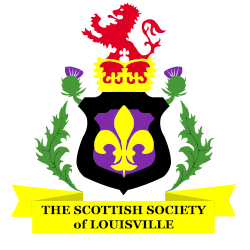1759-1796 – A Short History
The Scottish poet was born in Alloway near Ayr. He was the son of a small-time farmer. The boy’s education began at a school at Alloway Mill, was continued by John Murdoch and was thoroughly literary. Among his early influences were the popular tales, ballads and songs of Betty Davidson, an old woman who lived with the Poet’s family. In the beginning, he read Allan Ramsay and began to write a little.
Being acquainted with sailors and smugglers broadened his outlook, and his interest in women made him a kind of rural Don Juan. The death of Burns’ father in 1784 left him to try to farm for himself, but he failed. During this same year, his involvement with Jean Armour began. Out of his poverty, his passion, his despair, and his desperate mirth, came the extraordinary poetic harvest of 1785, with works like ‘Epistle to Davie’ and ‘Holy Willie’s Prayer’ to name a few. The next year saw a change in Burns’ style. Much of the work became satirical, the humorous masterpiece ‘Twa Dogs’ being one such poem. During that time, he experienced turmoil in his love with Jean Armour. This was due in part to the poem ‘Highland Mary’ which was inspired by Mary Campbell.
Following Mary’s death, Burns looked to leave Scotland for Jamaica, but lacked the funds to do so. Then, in 1786, he published the famous Kilmarnock edition of his poems. Their popularity brought the money he sought to leave Scotland for good. However, Burns’ admirers showered him with praise and ultimately convinced him to stay. He traveled to Edinburgh, where he was received with great acclaim. Later that year, he returned to the country and rekindled his love affair with Jean Armour, whom he married in 1788. He took lease of Ellisland farm, on the Nith above Dumfries, and in the next year became an excise officer.
Continuing to write, he produced “Tam O’Shanter’ in 1790, penning it in just one day. Unfortunately, during that year, Ellisland proved a failure. He left his farm and withdrew to Dumfries, where he flirted with the French Revolution, drank, wrote songs, expressed some rather radical opinions – all of which eventually made him unpopular with the local lairds. This was short-lived, however, and he turned patriot once again in 1795.
Burns died in 1796 from endocarditis, and was buried in Dumfries. His humble origins and his identification with the Scottish folk tradition, which he rescued, refurbished and often embellished upon, have won him a place in history as the national poet of Scotland.


